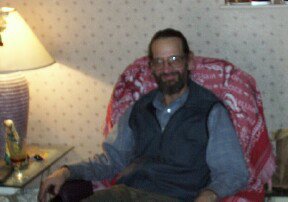We cheered as Tony Stewart and Juan Pablo Montoya mixed it up at Homestead last November, eventually "adjusting each other's cars (in their own words)" out of the race. We applauded NASCAR afterward for deeming the incident the kind of racing the fans want to see, and later announcing that they would give the drivers more leeway in deciding how they wanted to race each other.
So, in some parts of the NASCAR world, there may be some confusion as to why Carl Edwards incurred the wrath of NASCAR officials when, late in the race, he blatantly turned Brad Keselowski's car, causing it to go airborne. NASCAR had Edwards park his car for the remainder of the race, and is now in the position of deciding what other penalties, if any, will be handed down to the #99 team.
Why the seeming reversal of NASCAR policy? It isn't really a reversal; NASCAR's policy is to allow bump drafting where they wouldn't previously, and to allow the type of beating and banging that thrills the crowd when two or more drivers are racing for position. Edwards wasn't racing for position--he was, in fact, more than one hundred and thirty laps behind Keselowski when he made an obvious move to purposefully cause Keselowski's car to spin at 190 miles per hour.
The result of the obvious retaliatory action was that Keselowski's car flipped over into the air and against the fence separating the fans from the track. Seven spectators were hit by fly debris from the accident. The action clearly could have caused a major disaster. Luckily, there were no serious injuries, and Keselowski walked away from the fearsome wreck.
NASCAR has given the drivers the freedom to use their own judgment when racing. With that freedom comes the responsibility to use good judgment. Edwards clearly showed a lack of good judgment in his timing and the manner in which he sought revenge. The drivers, given their freedom, should show professionalism and think about the consequences of their actions.
Putting the Edwards penalty aside, we got a reminder of how dangerous the elevated "wing" on the rear of the racecars can be. When air passes below the wing while the car is turned around, it creates as much lifting force as it provides downforce when the car is in its normal position. This can be very dangerous for both driver and spectator, as we saw at the Firecracker 400 last year, when it was Edwards' car that went airborne, and at Atlanta on Sunday. The traditional spoiler, to which NASCAR will return in April, does not allow air to pass under it when the car is reversed.
There are other advantages to the traditional spoiler--the spoiler provides downforce at all four wheels, and it allows for better side drafting on the straightaways than the wing does--but the main concern should be safety, and we feel that the return of the traditional spoiler can't come soon enough.
Monday, March 08, 2010
How Carl Edwards Got Busted
Subscribe to:
Posts (Atom)













